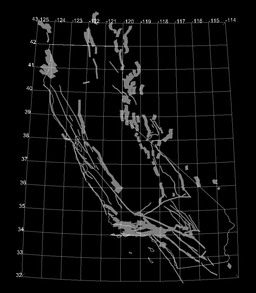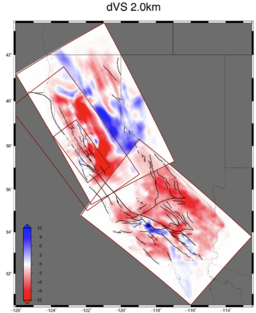California CVM Meeting - 3 April 2012
Contents
Agenda & Presentations
Introduction and Meeting Goals 09:00 Welcome, Goals, and Objectives T. Jordan 09:15 SCEC CVM Scientific and Technical Requirements B. Aagaard 09:30 Discussion
Existing California CVMs
09:45 CVM-H A. Plesch 10:00 CVM-S H. Magistrale 10:15 SDSU Modules K. Olsen 10:30 Discussion 11:00 Break
Potential New Broadband Modules
11:15 Irikura Module P. Somerville 11:30 Stochastic High Frequencies G. Atkinson 11:45 Composite Source Module J. Anderson 12:00 Discussion 12:30 Lunch
Current Broadband Research Simulations
13:30 NGA West 2 A. Kottke 13:45 NGA East Planning J. Bayless 14:00 Discussion 14:15 Break Broadband Platform Modification Priorities 14:30 Current Broadband "batch" capabilities P. Maechling 14:45 Faster processing (Parallel Broadband) M. Rynge 15:00 Discussion Design of Broadband Validation 15:15 SCEC GMSV TAG Planning N. Luco Discussion and Next Steps 13:45 Meeting Action Items T. Jordan / P. Maechling
California CVM Meeting Goals
- Define features in a California CVM
- Review capabilities and features of existing California CVMs
- Develop methods for integrating inversion-based improvements into CVMs
- Description of UCVM Capabilities
- Plan candidate UCVM-CyberShake Model
- Plan SCEC4 UCVM Model
Draft Meeting Agenda
- Scientific Goals for SCEC CVM
- California CVM Requirements
- Geographical coverage to support UCERF3.0 Ruptures
- Geotechnical layer
- Elevation model
- Bathmetry model
- Hydrology model
- Features of Existing California CVMs
- CVM-S
- CVM-H
- Lin-Thurber
- USGS CenCal VM
- Building California CVMs using UCVM
- Re-integration of Inversions into CVMs
- Po South Cal Inversion
- Carl Cal Inversion
- Candidate CyberShake Models
- Merged and smoothed models
- California Inversion-based model
- Candidate 5 Year Development
- CVM-H development plans

